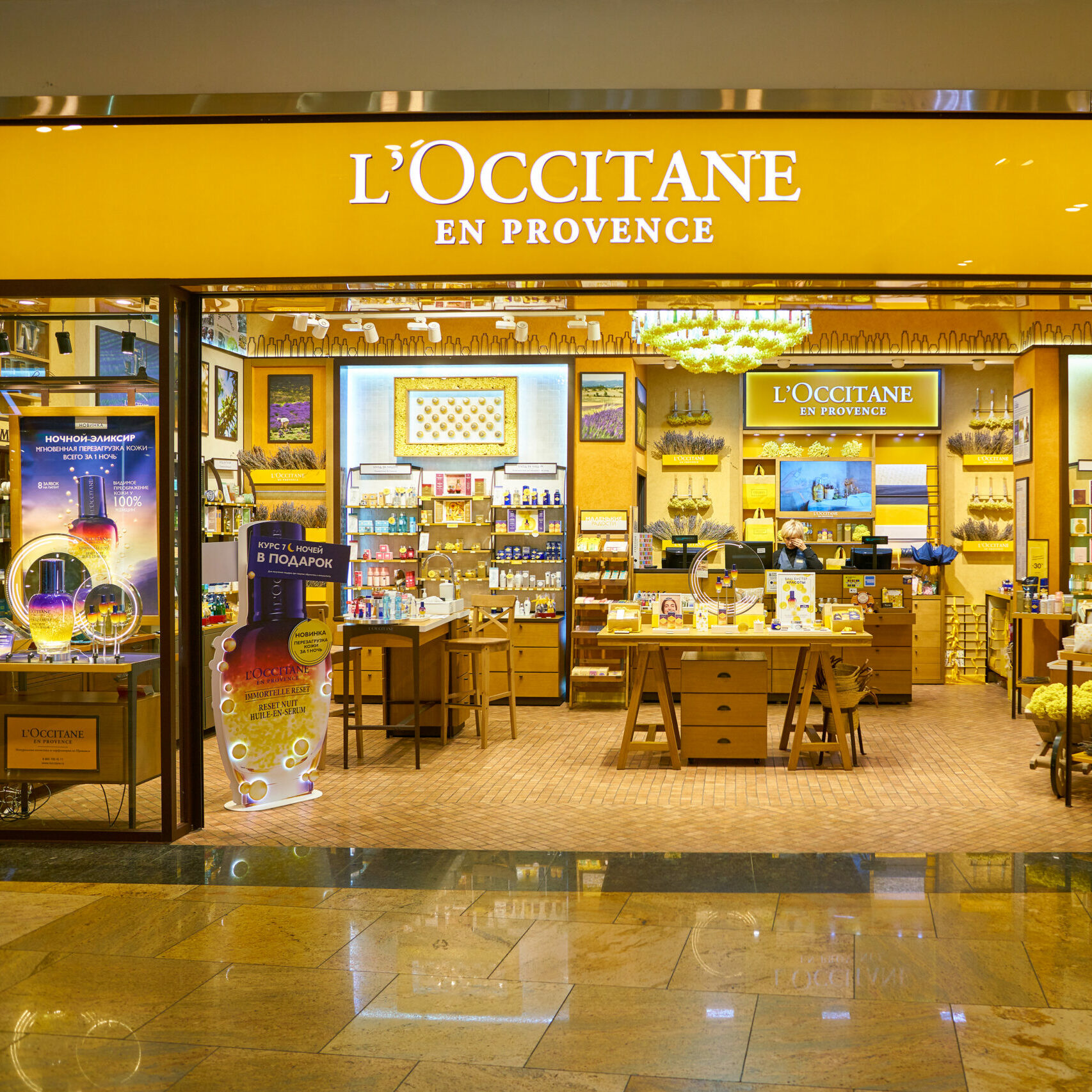On 28 August 2015 Aberdeen Asset Management PLC launched a USD500 million liquid alternatives fund – the Aberdeen Alternative Strategies Fund – designed to give investors access to a portfolio of alternative strategies. At the time, Morningstar quoted Andrew McCaffery, global head of alternatives at Aberdeen as saying: "Alternative investment strategies are becoming increasingly central to client portfolios and moving into the mainstream. This is why we have seen such strong demand for this fund. Many investors are constrained by complexity, liquidity, transparency and regulation."
This follows Aberdeen's acquisition of leading fund-of-hedge-funds manager Arden Asset Management and is just one example of the convergence taking place between traditional and alternative fund managers as investors (both institutional and retail) seek hedge fund-like returns.
The liquid alternative fund is the vehicle by which managers are making this possible, either via the UCITS regulated wrapper in Europe or the Investment Company Act (commonly referred to as the '40 Act) in the US. There are lots of sources that cite the growth of liquid alternatives. Taking one source, Morningstar, they estimate that this segment of the market recorded an asset increase from USD27 billion in 2008 to USD304 billion in 2014, with the number of funds increasing over the same period from 482 to 1,569.
Speaking to Hedgeweek recently on the benchmarking of different liquid alternative strategies, Nadia Papagiannis, a Director of Alternative Investment Strategy for Goldman Sachs Asset Management, estimated that in the US market there are approximately 652 alternative mutual funds (through June 2015).
"Across the UCITS universe there are now 428 single-manager alternative UCITS on our database managing GBP183 billion. Compared to when we launched in 2009, there were 109 funds running GBP22 billion, so the growth has been clearly evident," says Georg Reutter, Partner at Kepler Partners, a London-based independent advisory firm specialising in regulated funds.
The five biggest funds are primarily managed by traditional asset managers: Standard Life GARS has GBP26.1 billion, Newton Real Return has GBP9.3 billion, Morgan Stanley Diversified Assets has GBP6.1 billion, BlueBay Investment Grade Absolute Return has got GBP4.6 billion and the fifth largest is the Julius Baer Absolute Return Fund which has got GBP4.5 billion.
Since the start of the year, some 105 funds have launched according to Daily Alts, falling into a broad range of strategies. Investors want diversification, they want yield, and this is driving interest in liquid alternatives.
In Reutter's opinion, "If you want to be around in 10 years time and be a serious fund management business with a diverse product range, you need to have a UCITS (or '40 Act alternative mutual fund).
"At the beginning the universe was dominated by traditional asset managers developing hedge fund-like absolute return strategies e.g. Standard Life, BlackRock. Now, the marginal launch is coming from hedge fund managers; smaller, more boutique managers who often have just one fund and who are looking to diversify."
Fund managers should, however, take pains to understand the complexities of successfully launching a liquid alternative. There are a number of key considerations, many of which relate to the technology infrastructure that a manager has in place. Those who have experience in running managed account mandates, which require the front office team to split trades and monitor risk and liquidity positions across a number of versions of the investment strategy, have a slight head-start on their peers, but as the following sections will reveal, there is no easy route involved.
The challenges to operating liquid alternatives
1. Establish a unified view
Laurence Wormald is COO and head of research, SunGard APT, a risk management solution that sits within Hedge360, the firm's cloud-based platform. APT is used by a wide variety of pension funds and some of the world's largest asset managers. Wormald notes that among those clients who have moved into the liquid alternative universe, the common denominator is the need to have a unified view.
There are two dimensions to this: Firstly, there needs to be a unified view between the front office and the middle office. It is critical that portfolio managers have the same view as the risk oversight team and this also has to be consistent with what is then being reported to the regulators.
"Secondly, it's very difficult to disentangle market and liquidity risk. You need to have a unified view of those two sources of shocks to find value," says Wormald.
"During a market shock prices will move and liquidity will be impacted so having a unified view of how these shocks emerge and develop in the market (depending on different risk factors) is an absolute necessity for anyone trying to bring a liquid alternatives product to market. The manager has to guarantee daily liquidity and if you're not able to manage the liquidity risk associated with a market shock you will get into potential difficulties.
"Many liquid alternative funds are ultimately invested in equities, but as soon as you move into alternative fixed income, and to some extent small- and micro-cap equity markets and other illiquid parts of the market, such as distressed credit and private equity, you have to have the capability to assess market and liquidity risk together."
SW Mitchell Capital is a London-based alternative fund manager running USD2 billion in hedge funds, UCITS and segregated mandates. The firm has been running the SWMC Small Cap European Fund since June 2011 and is a mirror of the offshore Cayman strategy, running pari passu. Interestingly, another of its UCITS funds, the SWMC European Fund is not run pari passu to its offshore equivalent, tending to take more of a long-only approach (even though it is free to run both longs and shorts).
In that sense, SW Mitchell offers a useful frame of reference when it comes to running liquid alternatives.
Speaking about the need for a unified view, Susannah de Jager, Partner and COO of SW Mitchell comments: "We've always been aware of this as a risk when launching a UCITS fund. One of our risk team measures all of the liquidity at a firm level on each stock. If a holding is in multiple portfolios, we can monitor it at a firm level and determine how many days it would take to sell down. In addition, because we are stock pickers everything we do centres on knowing the fundamentals of companies. As such, liquidity is one of the main parameters that our portfolio managers look at on a daily basis."
She adds that the front office does not trade on market shocks. "Macro shocks might move the price of some of the stocks we hold but we wouldn't trade purely on those shocks. We would be more concerned with the impact on individual stocks or their liquidity, as opposed to the actual macro shock itself."
2. Stick to the guidelines
One of the operational challenges that managers face when offering a liquid alternative fund is ensuring that they stick to the regulatory guidelines, from a compliance perspective. Running an offshore fund that has monthly liquidity and three-month redemptions is a different proposition to a '40 Act alternative mutual fund that needs to provide investors with daily liquidity and an accurate, daily NAV.
Having the right PMS/OMS/EMS systems and risk system in place to know exactly how to dial up and dial down risk across parallel portfolios will ensure that managers do not get weighed down in operational tasks that could detract from the task at hand; namely, to run the strategy and deliver performance to investors.
When launching a liquid alternative version of a hedge fund strategy, managers will need to communicate in the Offering Memorandum how it will differ from the offshore vehicle.
"Clearly, if you are offering better liquidity the investor cannot, and should not, expect a similar level of return as you only earn a liquidity premium by using gates or lock-up periods in the investment vehicle. A recent report found that there is an annual liquidity premium of 98 basis points between liquid alternatives and the illiquid strategies that underlie them, on average.
"That seems quite small, but it points to the fact that the better performing funds are really earning a clear liquidity premium. The story you tell your clients is: `We apply the same intelligence to our strategy, but we're able to do more for you in the offshore fund, and earn a higher Sharpe ratio, because we aren't as constrained by liquidity and risk management as we are in a '40 Act alternative mutual fund,'" says Wormald.
De Jager says that the team needed to pay particular attention to liquidity management when adjusting from monthly to daily liquidity for the small-cap strategy. She says that for the UCITS fund, "we have a five-day notice period, just to give ourselves a bit more breathing room.
"For the total strategy, we have thresholds in place so that we are comfortable we could liquidate X percentage of the fund within a five-day period, and we've never been close to those thresholds. There needs to be an awareness among managers to match the underlying liquidity of what they are managing in the fund with the liquidity terms of the structure in which they are trying to put it.
"I would say for UCITS funds, one of the considerations is having accurate data to monitor the liquidity. We look very closely at data on other shareholders; not just the market capitalisation but the active free-float in a stock."
Reutter notes that at Kepler Partners they do tend to see managers learning on the job with respect to knowing what assets are permissible within a UCITS fund.
"Compliance with the rules, learning what they can and can't do within the rules. Managers tend to be cautious, and initially don't use the full spectrum of what's available to them (eligible securities), which could cause them to miss out slightly on performance as they learn to understand exactly what instruments they can trade, and to what extent," confirms Reutter.
3. Cash management
Andrew Dollery, Director, Origination & Structuring at Societe Generale Prime Services says that managers need to be aware that for liquid alternatives, most unencumbered assets and cash tend to sit with the custodian rather than with the prime broker directly. For strategies that trade on margin, this could lead to concentration issues on the balance sheet of the custodian; a manager cannot hold more than 20 per cent of their fund in cash on the balance sheet of a single credit institution.
"You tend to find that in the UCITS space, in particular for CTAs and global macro funds that trade mainly through derivatives, they have to diversify their exposure by opening deposit accounts at a number of banks. Or they buy short-term bonds or money market funds; some sort of treasury management solution.
"Another challenge for managers entering this space is structuring their fund and portfolio to remain compliant: commodities exposure; OTC counterparty limits; establishing custodial relationships and possibly pledge accounts; managers might need help wrapping those considerations together," comments Dollery.
4. Be clear on the strategy
Managers should be very clear from day one as to the type of liquid alternative strategy they intend to launch.
Back in 2010, people weren't very clear whether these products were seeking alpha or seeking beta. This makes a difference to everything including marketing – is it a pure alpha hedge fund strategy based on genuine stock selection or an alternative beta strategy?
The risk management that goes with those two types of strategies is also quite different.
If the strategy is pure alpha, the manager will need to employ accurate hedging to ensure that investors are not just paying for beta. And vice-versa; if the strategy is focused on generating beta, and tracks an index – as one would with an ETF vehicle – it is important to ensure that you are only taking the systematic risks that you want.
"It sounds obvious, but there are lots of managers who mix alpha and beta and that's really not what you want to do when launching a liquid alternative fund; it should be a clean way of obtaining either beta, or pure alpha," says Wormald.
Solutions and tools
1. Integrated risk management
Having the technology in place to provide a unified view of market and liquidity risk is a vital solution for overcoming the demands of running multiple strategies side-by-side, within the same investment universe.
If the front office needs to dial up or dial down risk exposure, depending on the risk/return trade-off, it becomes a lot more simple i.e. dialling up the risk for the offshore strategy, dialling it down for the liquid alternative. Moreover, it can be done in such a way that avoids losing sight of the way the investment manager utilises his skills.
Furthermore, it means that the middle office can report risk in a way that demonstrates the risk control function is working properly for both parts of the business. Otherwise, when the manager turns the `risk dial', the left hand won't know what the right hand is doing and they will be unable to separate the alpha and beta component properly in the portfolio.
Commenting on this function of dialing up and dialing down risk, Wormald observes: "This is particularly important for pure alpha-generating strategies because they are the only strategies that deserve to be charging performance and management fees. Pure beta strategies can be replicated much more cheaply.
"What is also needed is an integrated OMS so that the operating risk is reduced, especially for the liquid alternatives fund(s). Alongside having a risk management system integrated into the front and middle office, this is an essential tool for a manager, no matter what the strategy is."
One of the main operational challenges to overcome when launching a liquid alternative is producing a daily NAV. That can become a crippling burden for any asset manager unless they know how to turn the risk dial properly.
There are two practical options available to managers here: one is to throw money at the problem by hiring additional staff. Second is to develop true front-to-back risk capabilities by going down the outsourcing route.
A multi-billion dollar asset manager will have the internal resources to ensure the technology and human resources are in place to seamlessly run and monitor a whole raft of different funds, both regulated and unregulated; indeed, it partly explains why the likes of BlackRock, Schroders, etc., are diversifying into liquid alternatives.
"However, if you're a smaller hedge fund manager you can't take it for granted that your technology will easily support running a liquid alternative.
"We've seen firms try to launch new funds and end up spending significant amounts of money striking a NAV, demonstrating to the regulator that they are complying with the UCITS rules. There's a real everyday task of knowing how to dial the risk up and down, and there's also an ongoing requirement to strike the NAV and remain compliant," says Wormald.
To keep on top of the compliance issue, de Jager confirms that SW Mitchell uses a dealing system into which one can place restrictions.
"Many of the restrictions that apply to UCITS can be put on the front of the trading system," says de Jager. "There are some rules, such as the 40 per cent holding rule that we would monitor on a manual basis. We make sure that anything that is managed manually on a restriction basis is done both within the firm, and at Waverton, to whom we outsource our back-office. So there is duplication in place to make sure nothing slips through the gaps.
"We run quite a lot of managed accounts so we are quite used to having different restrictions on different accounts and having to double reconcile positions to make sure everything is being adhered to. You certainly need robust operational and risk systems in place to effectively monitor and take on liquid alternative funds."
2. Integrated OMS & PMS
A manager's OMS should be capable of electronically trading whatever it is that's appropriate for their strategy. This is all about making sure that every order executed in the EMS is managed and settled in the OMS efficiently. When operating an alternative mutual fund, the manager cannot let trades slip into the next day; it doesn't matter in a hedge fund if the front office book something a little bit late because it is not necessary to produce a daily NAV.
"Your OMS has to be well integrated to the PMS to avoid this happening. Within that you also need an integrated risk model, so that you can see how much of your exposure, in risk terms, you are taking care of, and what the impact might be if you increase or decrease that risk to certain underlyings, or hedges (e.g. CDS, IRS, equity indices).
"Through threshold management and what we call a risk budget approach, integrated into the PMS, managers are able to derive a lot more confidence when running a liquid alternative," states Wormald.
"Everybody needs to do scenario analysis to assess the impact of market shocks but that scenario analysis needs to be properly integrated with the regulation around stress testing, which is part of UCITS, AIFMD, and part of mutual fund regulation. If you're using a different system for scenario analysis in the front office to that used for stress testing in the middle office, you're going to have an incoherent system that could lead to difficulties down the line."
Conclusion
De Jager offers the following advice to managers thinking of launching a liquid alternative fund: "Speak to as many of your peers who have launched a liquid alternatives fund as possible; everyone faces different pitfalls depending on the strategy they run so best to seek peer group expertise and insight."






